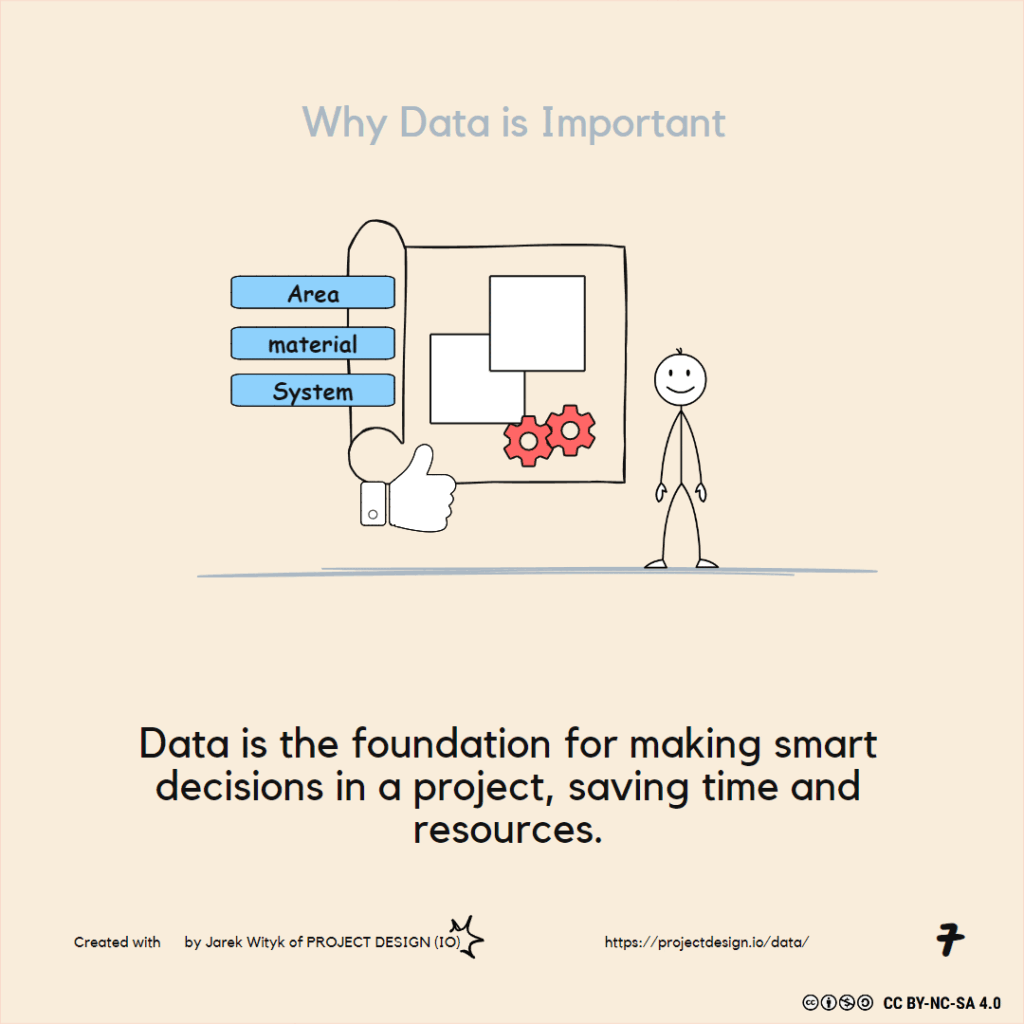Revit Guides
Data Management
ELI5
Gross Internal Area (GIA)
The total area of buildings owned, occupied, or maintained, measured to the internal face of the perimeter walls at each floor level, is referred to as GIA (i.e. the footprint
capability
a measure of ability to perform and function [cited from ISO 19650-1:2018(en), 3.3.18]
trigger event
a planned or unplanned event that changes an asset (3.2.8) or it’s status during its life cycle (3.2.10), which results in information exchange (3.3.7) [cited from ISO 19650-1:2018(en), 3.2.13]
security
state of relative freedom from threat (3.13) or harm caused by deliberate, unwanted, hostile or malicious acts [cited from ISO 19650-5:2020(en), 3.7]
plan of work
It is a project-specific “digitally checkable” framework set-up to ensure that the deliverables of all contributors are identified and appropriate to the decisions required at each work stage. The plan
information requirement
The information needed to support a business or other activity. specification for what, when, how and for whom information (3.3.1) is to be produced [cited from ISO 19650-1:2018(en), 3.3.2] Term directly related to:

information delivery milestone
scheduled event for a predefined information exchange [cited from ISO 19650-2:2018(en), 3.1.3.2] Milestones act as signposts through the course of a project. An information delivery milestone is a point in
vulnerability
weakness that can be exploited to cause harm [cited from ISO 19650-5:2020(en), 3.15]
efficiency
correlation between the outcome and the resources used a measure of the utilization of resources to realize a given objective Note 1 to entry: An activity is efficient if it minimizes
Quality Planning (QP)
Quality Planning (QP) is a framework which specifies quality standards, practices, resources, and the sequence of activities The quality plan should define:[1] Objectives to be achieved A workflow that represents

BS ISO 8000-2:2020
Data quality Part 2: Vocabulary ISO 8000 is an emerging technology standard for organizations that want to improve business processes and control operating costs throughout the product life cycle from
Miller’s law
Argument introduced by Miller, G. A., suggests that the number of objects an average human can hold in short-term memory is 7 ± 2.[1] From a practical standpoint, this means
BS 7000-10:2008
Design management systems Part 10: Vocabulary of terms used in design management
built asset
individual or multiple buildings (e.g. a site or campus) or infrastructure (e.g. roads, railways, pipelines, dams, docks, etc.) built as part of a construction project or where the asset information
Built Environment
All forms of buildings (residential, industrial, commercial, hospitals, schools), all economic infrastructure (above and below ground) and the urban space and landscape between and around buildings and infrastructure3, as well
carbon sink
A carbon sink is a natural or artificial reservoir that captures and stores morecarbon than it releases. Examples include forests, oceans, soil and potentially timber buildings. We need these reservoirs

data
ELI5-S1 BIM Basics E18_data Understanding Data in BIM: The Foundation of Smart Asset Management When we think about Building Information Modeling (BIM), it’s easy to get lost in the complexity
Infrastructure
the structures that emphasize, organise and enable social functions. Individual units of infrastructure are known as assets. It is sometimes subcategorised into economic infrastructure, the networks of built assets that
Internet of Things (IoT)
This phrase refers to networked infrastructures that interconnect physical objects and allow for the management of the data they generate. A typical example of IoT is a home energy monitor
Contractor’s proposals (CP)
Contractor’s proposals (CP) in AEC industry refer to documentation prepared by tenderers for design and build projects or on a traditional contract where the bidder is to design specific parts
rationalise
In construction, to rationalise is to attempt to remove, explain or justify irrational quantities, processes or systems or else adjust unreasonable design decisions by employing logic or reason, (behaviour, attitude),
System of systems
A system of systems is a collection of many different systems, each with its own characteristics. [1] System theory assumes that certain underlying concepts and principles are applicable to different
systems thinking
System thinking is an approach to integration based on the idea that each component or part of a system acts differently when isolated from its environment and other parts of
system of insight
A system of insights can helps your company make decisions, and it is designed to be part of business decision-making process. It involves gather data, use it, find relationships and
ubiquitous access
The modern era of IT has turned to ubiquitous access to all organizations and users. The vision is to provide one “universal access,” i.e. access to all IT services, regardless
System of engagement
The System of Engagement is defined as a platform that manages supported digital engagement, of systems like Browsing, Web Chat, Messaging, videos (Facebook, WhatsApp, TEAMS, ZOOM, Signal, Slack, etc.), various

change strategy
Concept of change strategy involves identifying objectives, formulating intervention concepts for change, forming and defining success parameters, and implementing strategies. This includes testing the effectiveness of the changes and their
Industry 4.0
Industry 4.0 is more than just manufacturing. Smart, connected technologies transform how we design, manufacture, use and maintain parts, products, and entire buildings. The interconnected technology also changes the way
Post-appointment BEP
Post-appointment BEP confirms and defines the delivery team’s approach to information management in the appointed project. It is a BIM Execution Plan (BEP) which shall be re-submitted by the Lead
Appointor
UK BIM Alliance responding to the inconsistency between current guidance of CIC BIM Protocol, Second Edition 2018 and ISO 19650 Framework published updated Information protocol to support BS EN

